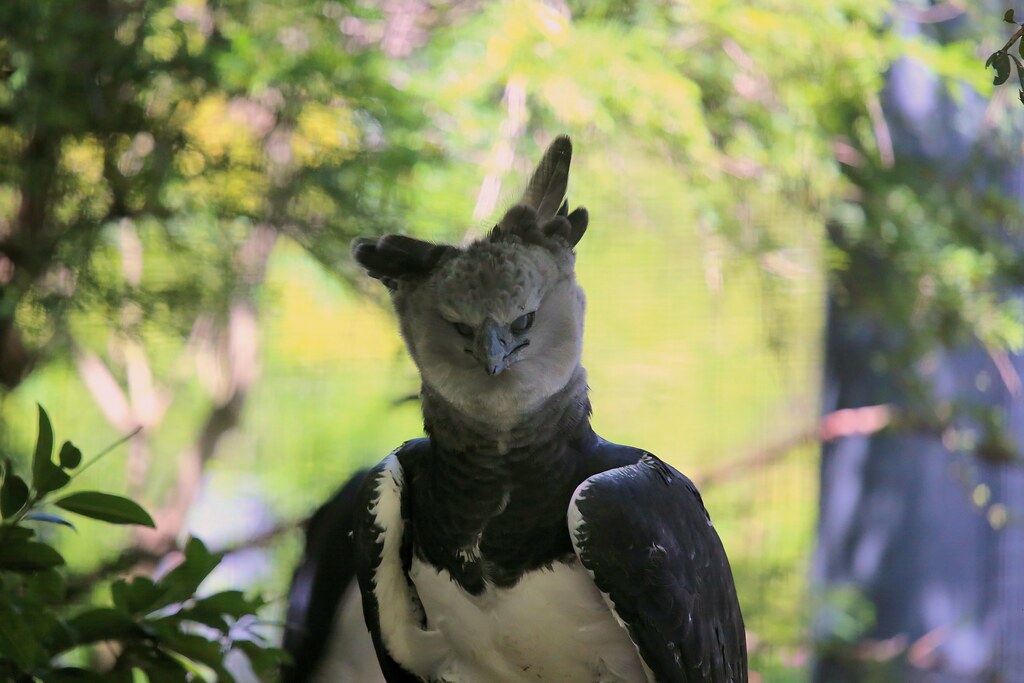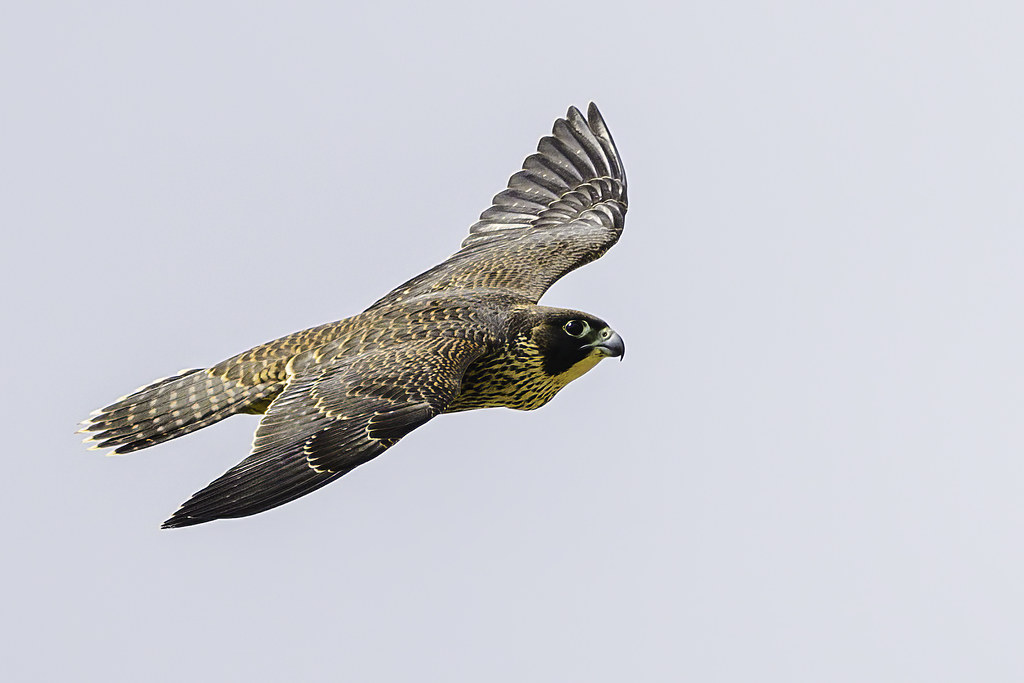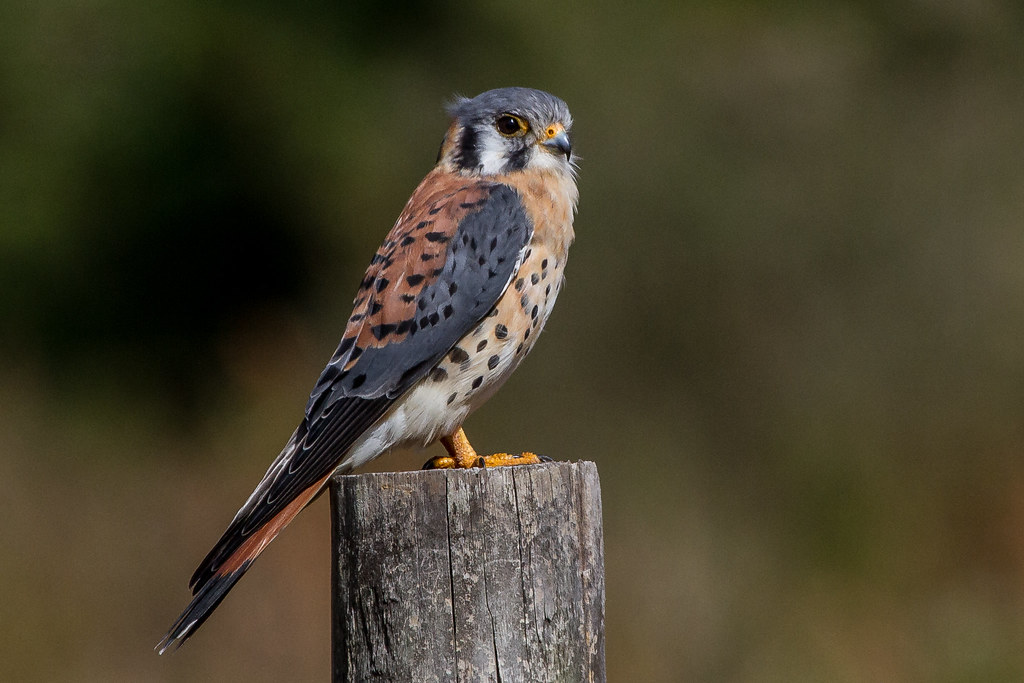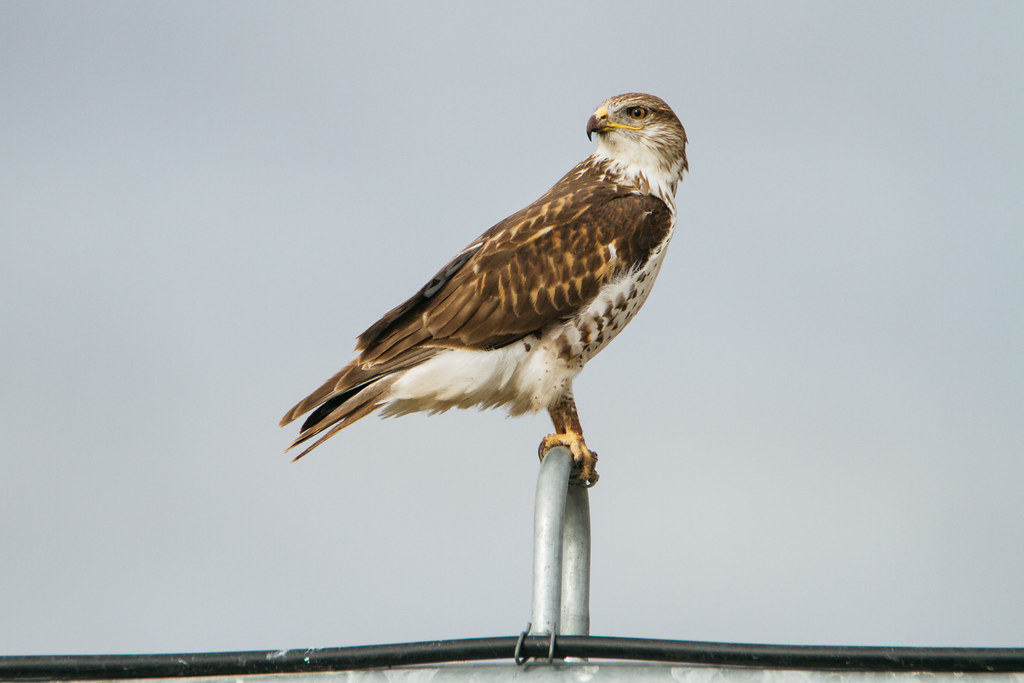When we think of formidable hunters soaring through the skies, it’s often the males that come to mind. However, in the world of raptors, females frequently outsize and outmatch their male counterparts. Let’s dive into the lives of these ten remarkable female birds of prey.
The Mighty Harpy Eagle: Jungle’s Apex Predator

The Harpy Eagle, native to the rainforests of Central and South America, is one of the largest and most powerful raptors. Females can weigh up to 20 pounds, nearly twice the size of males. Their immense strength allows them to snatch up sizable prey like sloths and monkeys from the treetops. With talons as large as a grizzly bear’s claws, these eagles are the undisputed queens of the canopy.
Peregrine Falcon: The Speed Demon

Renowned for their breathtaking speed, Peregrine Falcons can reach diving speeds of up to 200 miles per hour. Females are notably larger than males, a trait common among raptors. This size advantage aids them in hunting a diverse range of birds mid-flight, from pigeons to ducks. Their incredible agility and power make them formidable aerial predators.
Red-Tailed Hawk: The Versatile Huntress
Ubiquitous across North America, the Red-Tailed Hawk is a master of adaptability. Females are about 25% larger than males, enabling them to tackle larger prey such as rabbits and squirrels. Their keen eyesight and powerful talons make them efficient hunters in diverse habitats, from deserts to forests.
Cooper’s Hawk: The Agile Pursuer
Cooper’s Hawks are adept at navigating dense woodlands in pursuit of smaller birds. Females can be up to one-third larger than males, allowing them to hunt bigger prey. Their short, rounded wings and long tails provide exceptional maneuverability, making them skilled at ambushing prey in tight spaces.
American Kestrel: The Pint-Sized Predator

As North America’s smallest falcon, the American Kestrel is a testament to the adage “size isn’t everything.” Females are slightly larger than males, which helps them dominate in hunting insects, small mammals, and birds. Their vibrant plumage and hovering hunting style make them a favorite among birdwatchers.
Bald Eagle: The Majestic Fisherwoman
Symbolizing strength and freedom, the Bald Eagle is a formidable hunter, especially adept at fishing. Females are about 25% larger than males, with wingspans reaching up to 8 feet. This size allows them to snatch sizable fish from the water with ease. Their impressive presence and hunting prowess have made them iconic in American culture.
Ferruginous Hawk: The Prairie Queen

Inhabiting the open prairies of North America, the Ferruginous Hawk is the largest of the Buteo hawks. Females are larger than males, enabling them to hunt bigger prey like jackrabbits. Their broad wings and keen eyesight make them adept at soaring over vast landscapes in search of a meal.
Eurasian Sparrowhawk: The Garden Predator

Found across Europe and Asia, the Eurasian Sparrowhawk is a small but fierce hunter. Females are up to 25% larger than males, allowing them to take down larger birds, including pigeons and thrushes. Their stealth and agility make them common visitors to gardens, where they hunt unsuspecting songbirds.
Northern Harrier: The Low-Flying Huntress
The Northern Harrier is unique among hawks for its owl-like facial disc, which aids in hearing prey. Females are significantly larger than males, often weighing up to 50% more. They glide low over marshes and grasslands, listening and watching for small mammals and birds. Their distinctive hunting style and size make them a standout among raptors.
Harris’s Hawk: The Social Hunter
Unlike most raptors, Harris’s Hawks are known for their cooperative hunting behavior. Females are larger and often lead hunting parties, working together to flush out and capture prey. This teamwork allows them to take down larger animals, showcasing the power of collaboration in the wild.
These remarkable female raptors demonstrate that in the avian world, the females often reign supreme. Their size, strength, and hunting prowess make them some of the most formidable predators in the sky.
